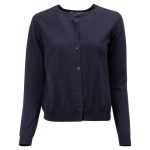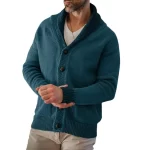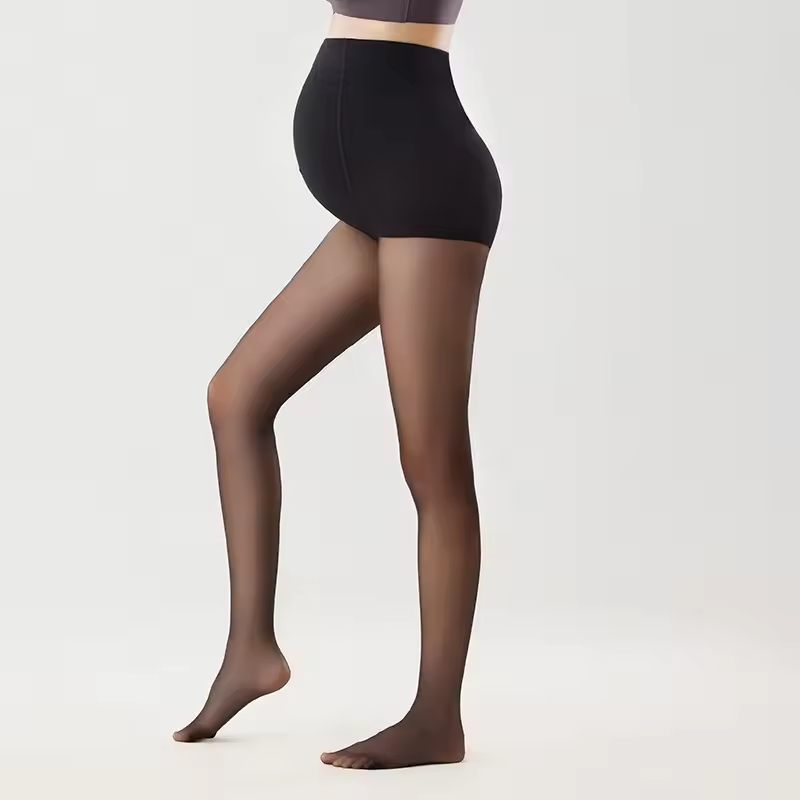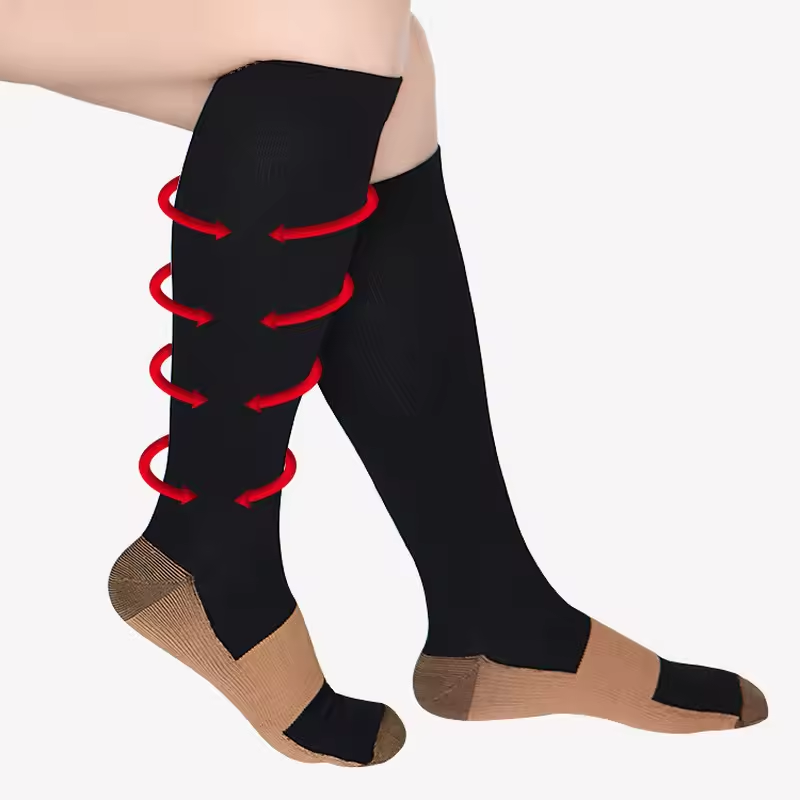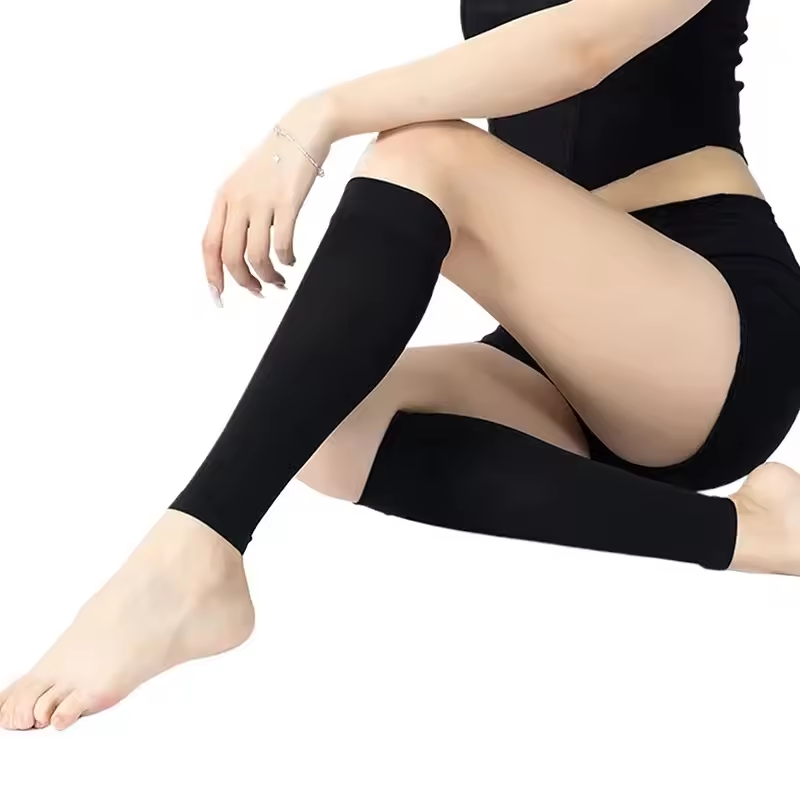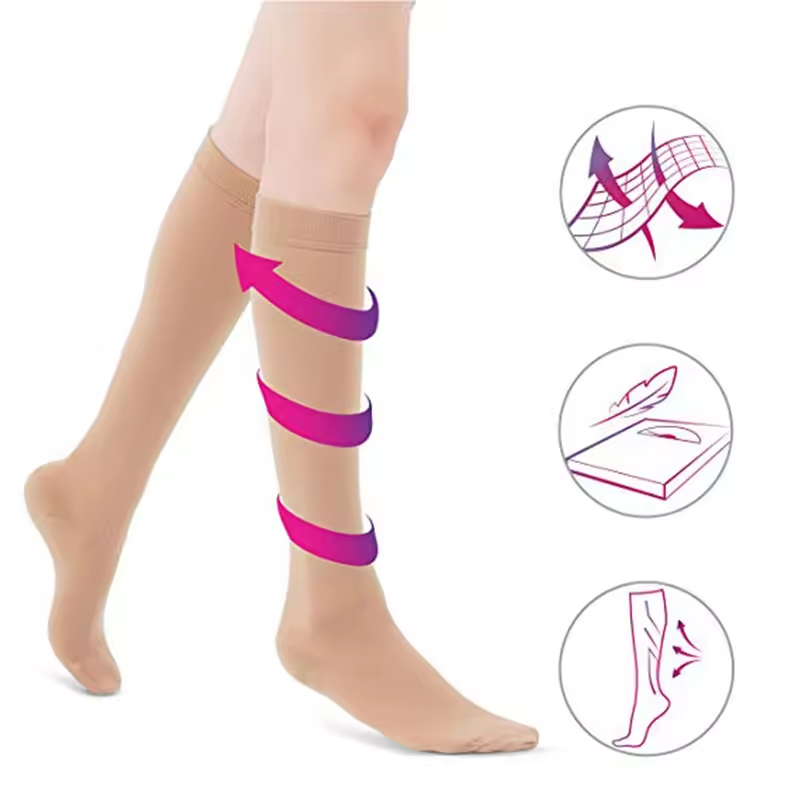Introduction: Understanding Compression Stockings
Compression stockings are specialized garments designed to improve blood circulation in the legs by applying gentle pressure. They are commonly prescribed for individuals with conditions such as varicose veins, deep vein thrombosis (DVT), or chronic venous insufficiency. While wearing compression stockings during the day is widely accepted, the question arises: is it safe to wear them 24 hours a day? In this article, we explore the benefits and potential risks of wearing compression stockings around the clock.
1. The Benefits of Compression Stockings
Compression stockings offer numerous benefits for individuals with circulatory issues or those who spend long periods on their feet. By exerting pressure on the legs, they help improve blood flow, reduce swelling, and alleviate symptoms such as leg pain, fatigue, and discomfort. Additionally, compression stockings can prevent the formation of blood clots and reduce the risk of complications associated with poor circulation, making them an essential tool in managing various vascular conditions.
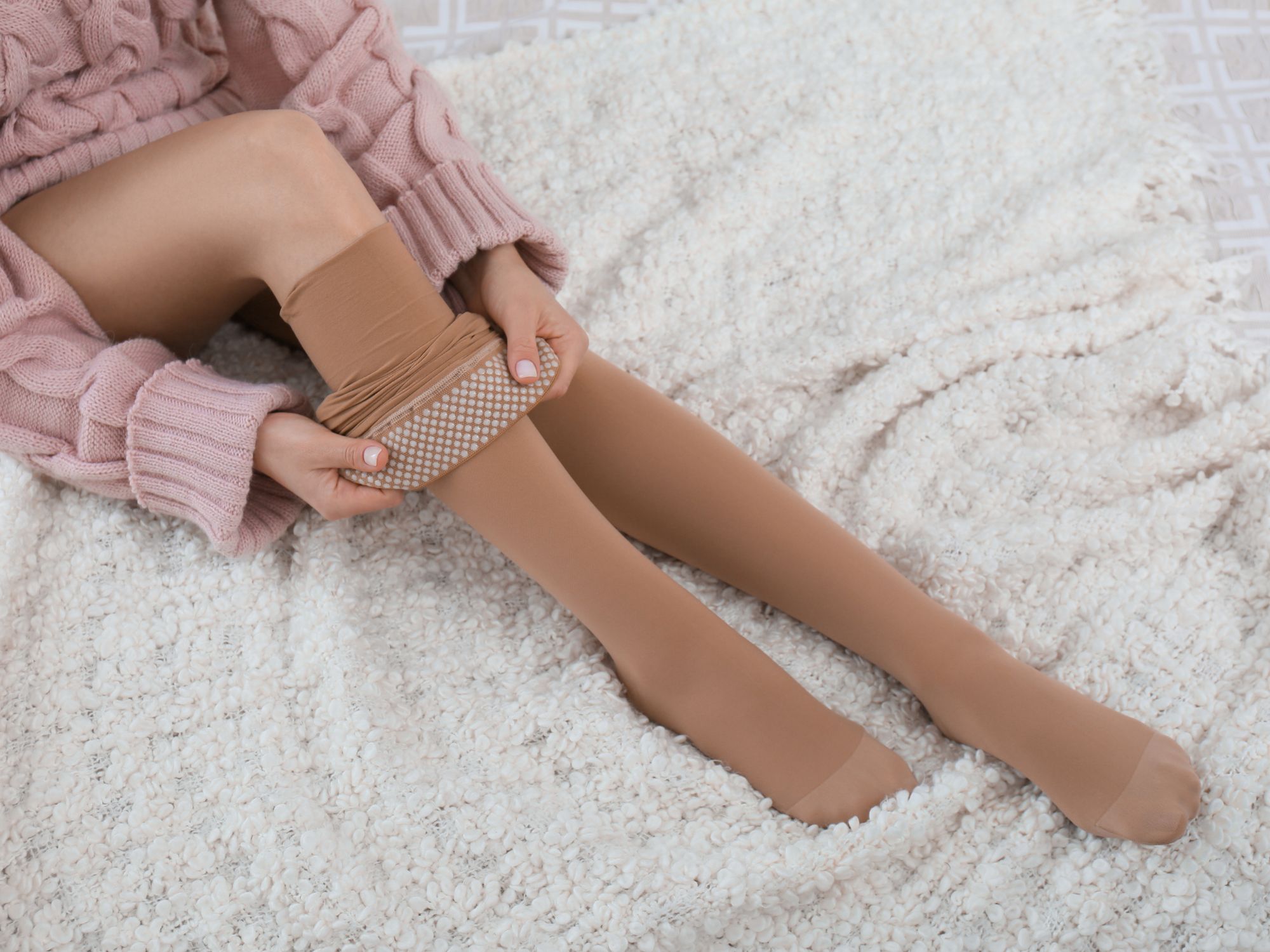
2. Enhanced Circulation and Comfort During the Day
Wearing compression stockings during the day can significantly improve circulation and provide relief from symptoms associated with venous insufficiency. The graduated compression exerted by the stockings promotes blood flow from the lower extremities towards the heart, preventing blood pooling in the legs and reducing swelling. As a result, individuals experience increased comfort, reduced leg fatigue, and improved overall mobility throughout the day.
3. Addressing Leg Discomfort and Swelling
For individuals who experience discomfort or swelling in the legs due to prolonged sitting or standing, wearing compression stockings during the day can provide much-needed relief. The gentle pressure exerted by the stockings helps support the veins and prevents fluid retention, reducing swelling and discomfort. Whether you’re at work, running errands, or engaging in physical activities, compression stockings can help alleviate symptoms and improve your quality of life.
4. Managing Chronic Conditions Effectively
Individuals with chronic venous conditions such as varicose veins or lymphedema often rely on compression therapy to manage their symptoms and prevent complications. Wearing compression stockings during the day plays a crucial role in maintaining optimal vascular health and minimizing the progression of these conditions. By consistently applying gentle pressure to the legs, compression stockings help prevent venous congestion, reduce the risk of ulcers, and promote healing in compromised tissues.
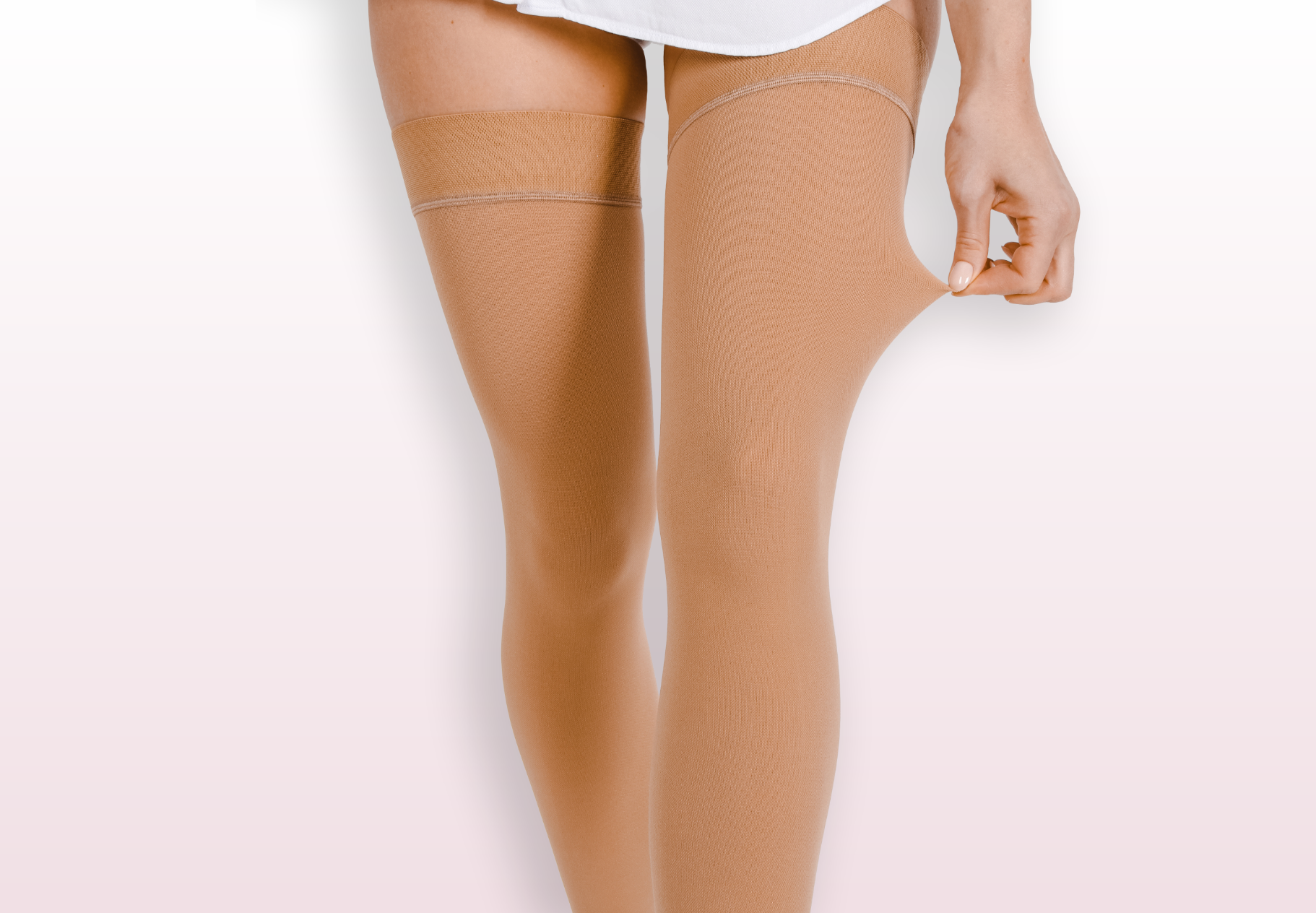
5. The Question of 24-Hour Wear: Is It Safe?
While wearing compression stockings during the day is generally considered safe and beneficial, the idea of wearing them 24 hours a day raises concerns among some individuals. Prolonged compression therapy may pose certain risks, including skin irritation, impaired circulation, and discomfort. Additionally, wearing compression stockings overnight may increase the risk of complications such as pressure ulcers or nerve compression.
6. Potential Risks and Considerations
Before considering wearing compression stockings 24 hours a day, it’s essential to consult with a healthcare professional to assess the appropriateness of this approach for your specific needs. Factors such as the severity of your condition, your overall health status, and any underlying medical issues should be taken into account. Additionally, proper fitting and regular monitoring are crucial to ensure that compression stockings are worn safely and effectively.
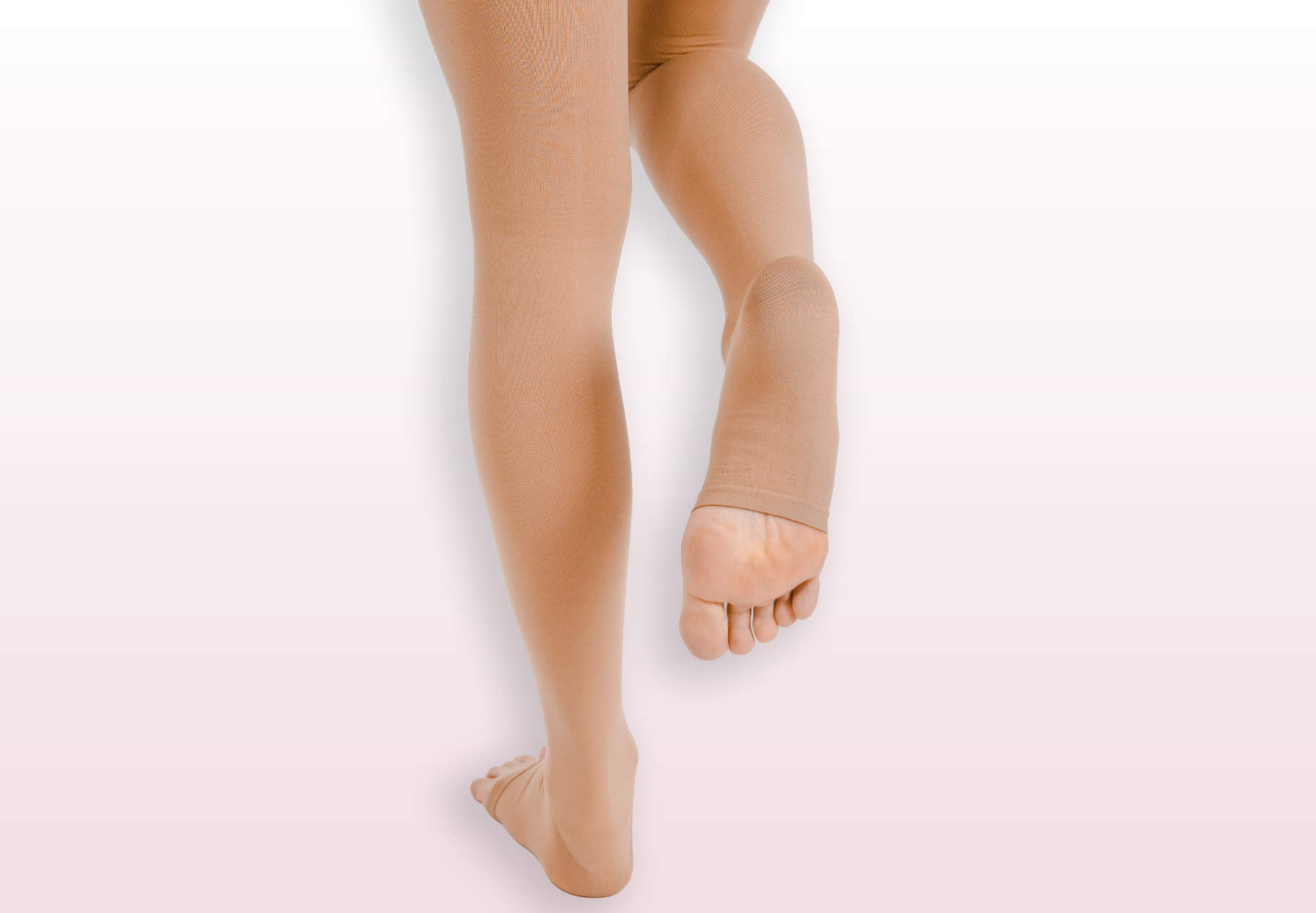
7. Alternatives to 24-Hour Wear
For individuals who require continuous compression therapy but are concerned about the risks associated with wearing compression stockings 24 hours a day, there are alternative options available. Some individuals may benefit from wearing compression garments with lower compression levels during the night or utilizing intermittent pneumatic compression devices to promote circulation without prolonged pressure on the legs. It’s essential to explore these alternatives in consultation with a healthcare provider to determine the most suitable approach for your needs.
8. Importance of Proper Care and Maintenance
Whether wearing compression stockings during the day or around the clock, proper care and maintenance are essential to ensure their effectiveness and longevity. It’s crucial to follow manufacturer recommendations for washing and drying compression garments to prevent damage and maintain compression levels. Additionally, regularly inspecting the skin for signs of irritation or pressure-related issues is important for early detection and intervention.
9. Monitoring and Adjusting Compression Levels
Regular monitoring of compression levels is essential for ensuring the effectiveness and safety of compression therapy. Over time, factors such as changes in weight, activity level, or the progression of underlying conditions may necessitate adjustments to compression levels. Healthcare professionals can provide guidance on when and how to modify compression garments to maintain optimal therapeutic benefits while minimizing the risk of complications.
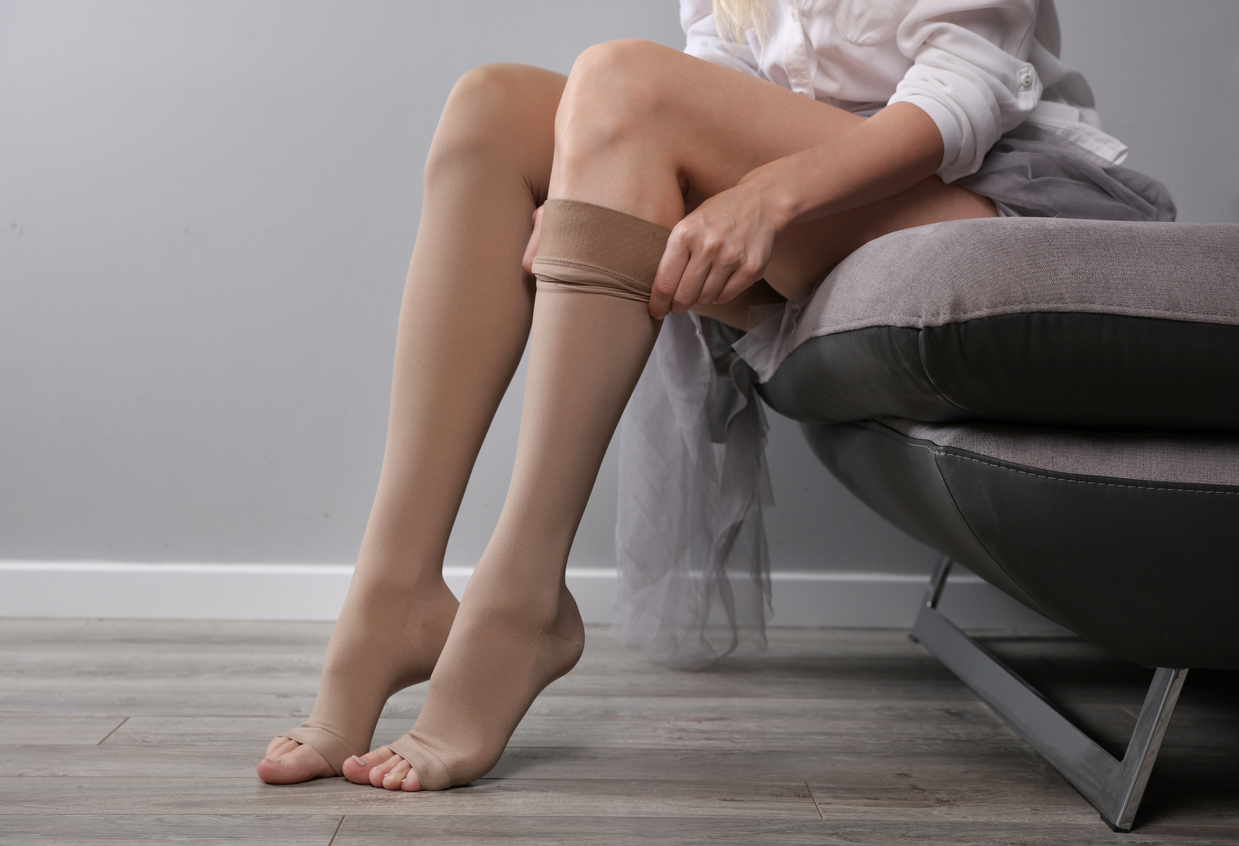
10. Lifestyle Considerations and Comfort
In addition to medical considerations, lifestyle factors play a significant role in the decision to wear compression stockings 24 hours a day. Individuals who lead active lifestyles or have demanding work schedules may find it challenging to wear compression garments continuously. Moreover, factors such as climate, temperature, and personal comfort preferences can influence the feasibility and practicality of 24-hour wear. Balancing the therapeutic benefits of compression therapy with individual comfort and lifestyle considerations is crucial for long-term adherence and success.
11. Adherence and Patient Education
Ensuring patient adherence to compression therapy is essential for achieving optimal outcomes. Healthcare providers play a crucial role in educating patients about the importance of wearing compression stockings as prescribed and addressing any concerns or misconceptions they may have. Patient education should encompass proper fitting, donning and doffing techniques, skincare recommendations, and signs of potential complications. Empowering patients with knowledge and support can enhance their confidence and motivation to adhere to compression therapy effectively.
12. Addressing Concerns and Seeking Support
If individuals experience discomfort, skin irritation, or other adverse effects while wearing compression stockings, it’s essential to address these concerns promptly. Consulting with a healthcare professional can help identify potential causes and implement appropriate interventions to mitigate discomfort and minimize the risk of complications. Whether adjusting compression levels, trying alternative garment styles, or exploring adjunctive therapies, healthcare providers can collaborate with patients to find solutions that optimize comfort and therapeutic efficacy.
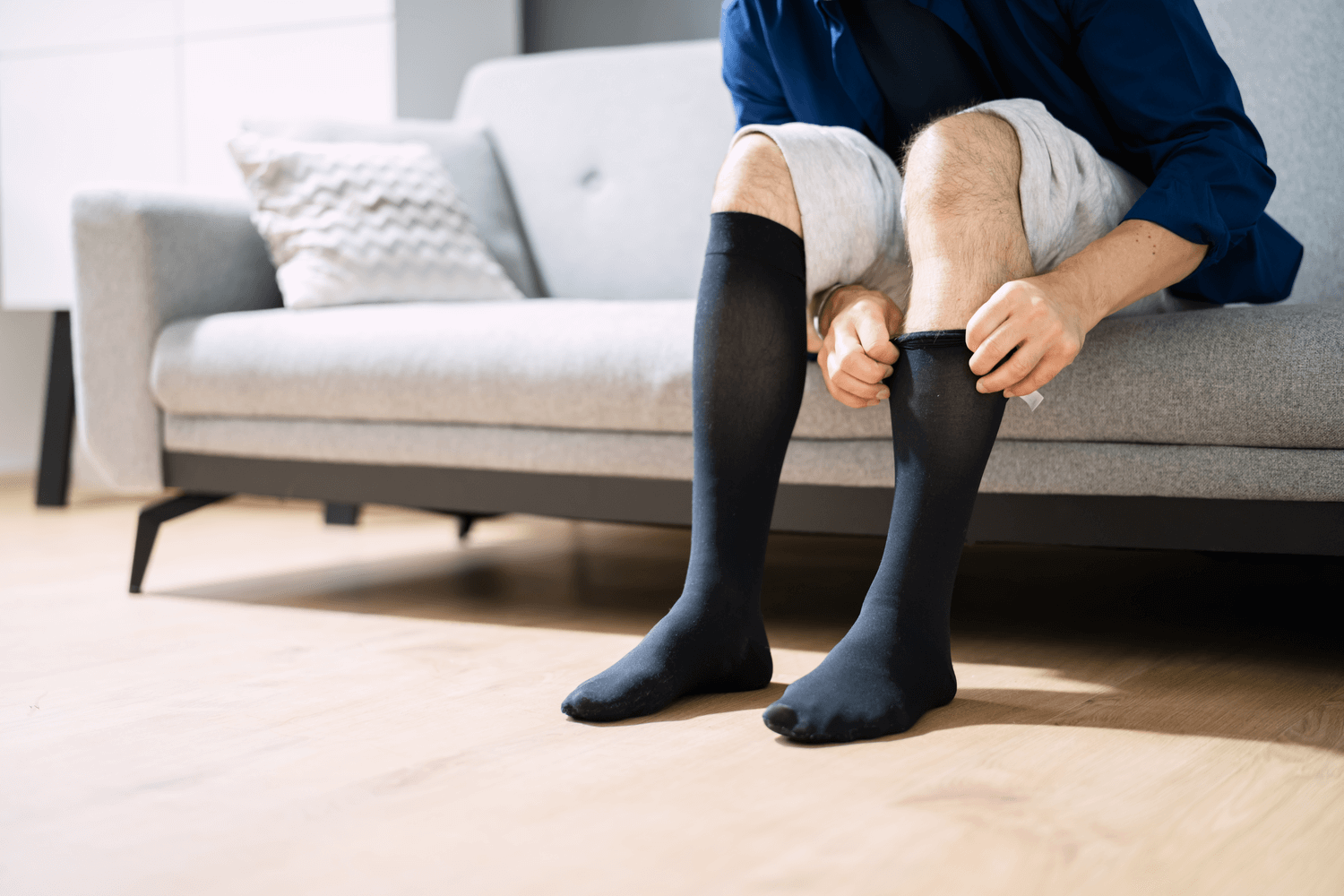
13. Conclusion: Balancing Benefits and Risks
In conclusion, wearing compression stockings during the day can provide significant benefits for individuals with circulatory issues or venous insufficiency. However, the decision to wear compression stockings 24 hours a day requires careful consideration of the potential risks and benefits. Consulting with a healthcare professional is essential to ensure that compression therapy is utilized safely and effectively, taking into account individual needs and circumstances. By balancing the benefits of improved circulation with the potential risks of prolonged wear, individuals can optimize their vascular health and enhance their overall well-being.



